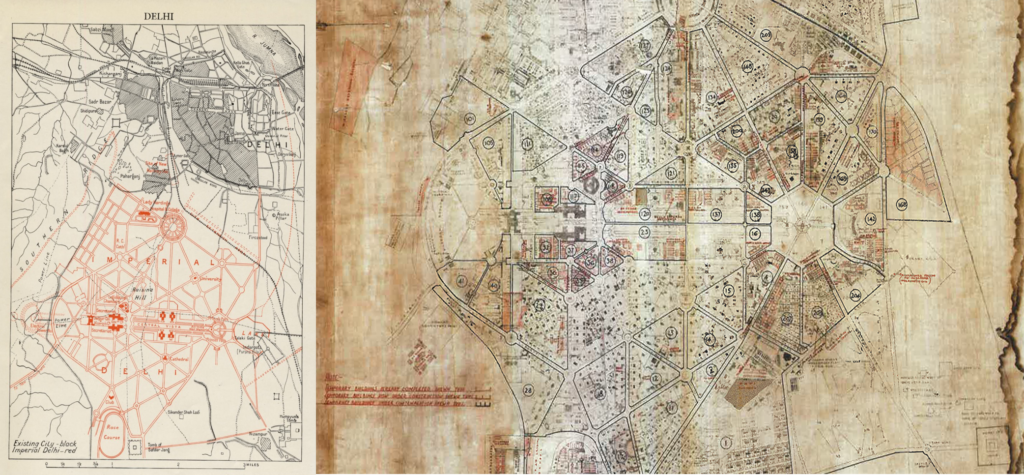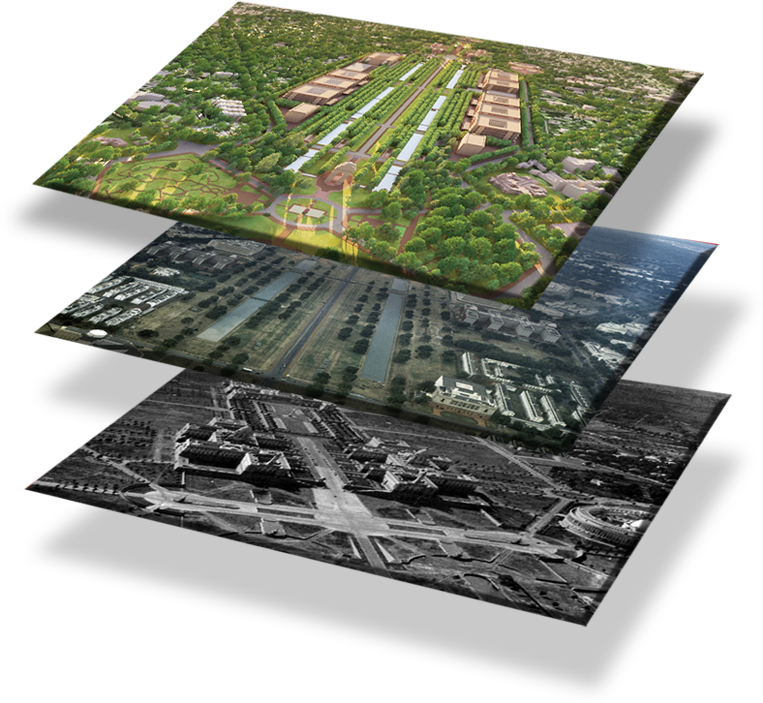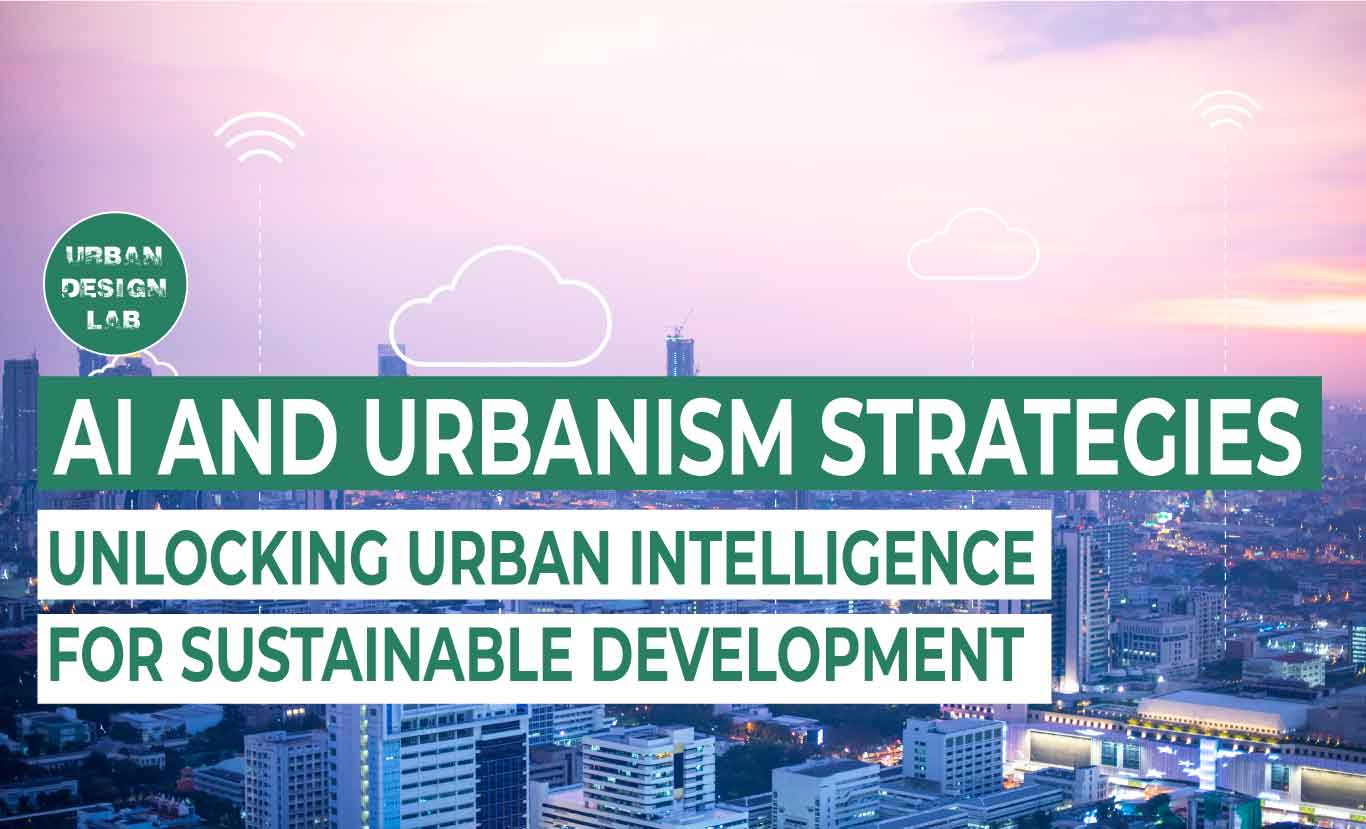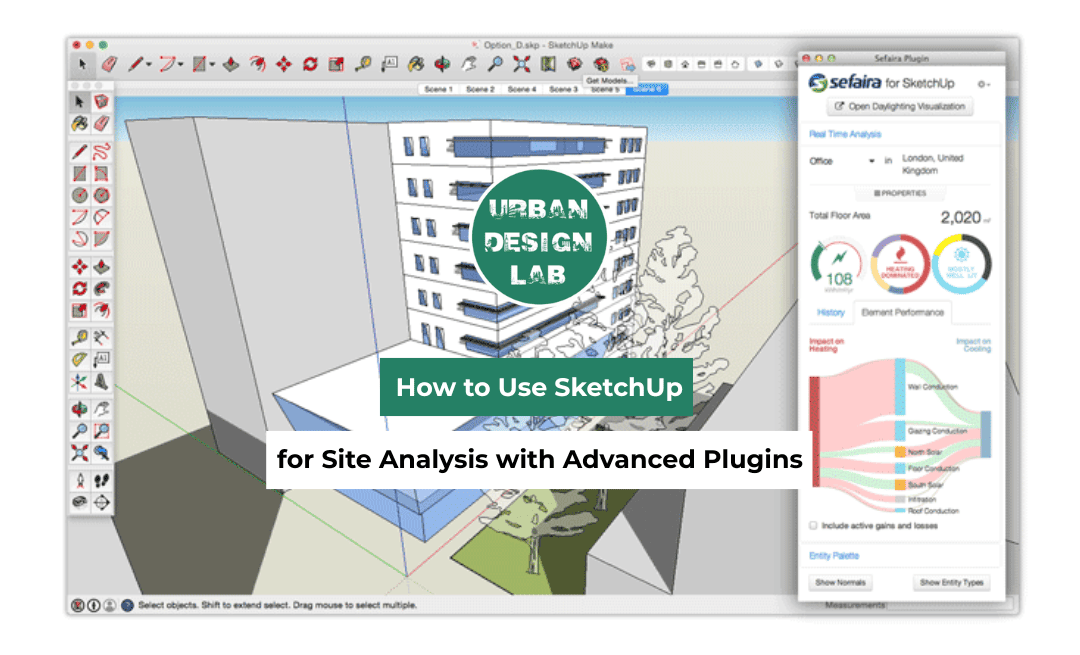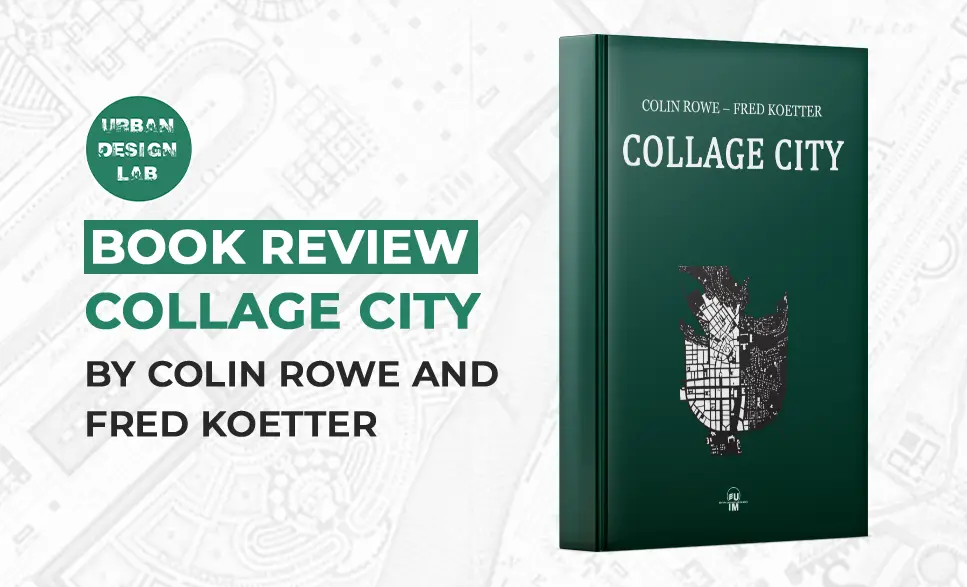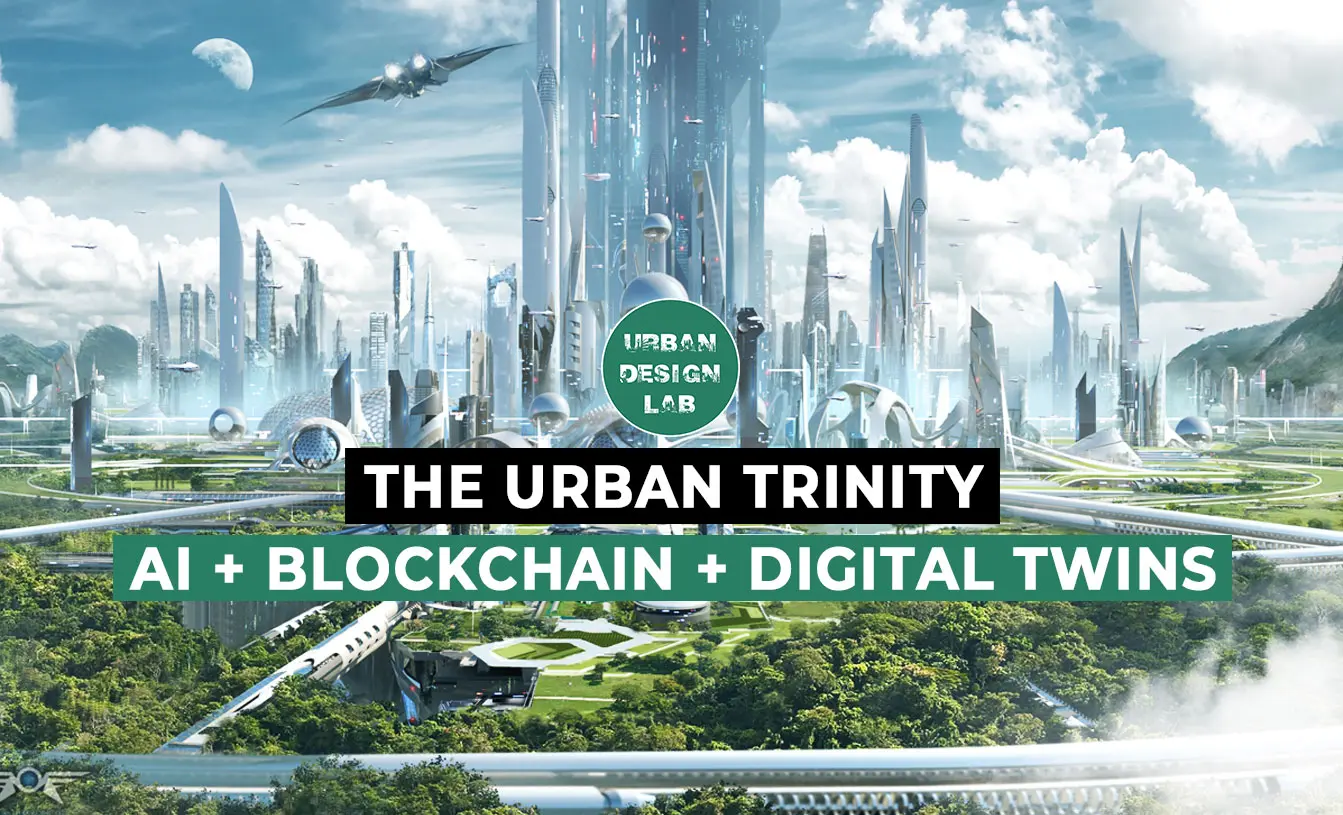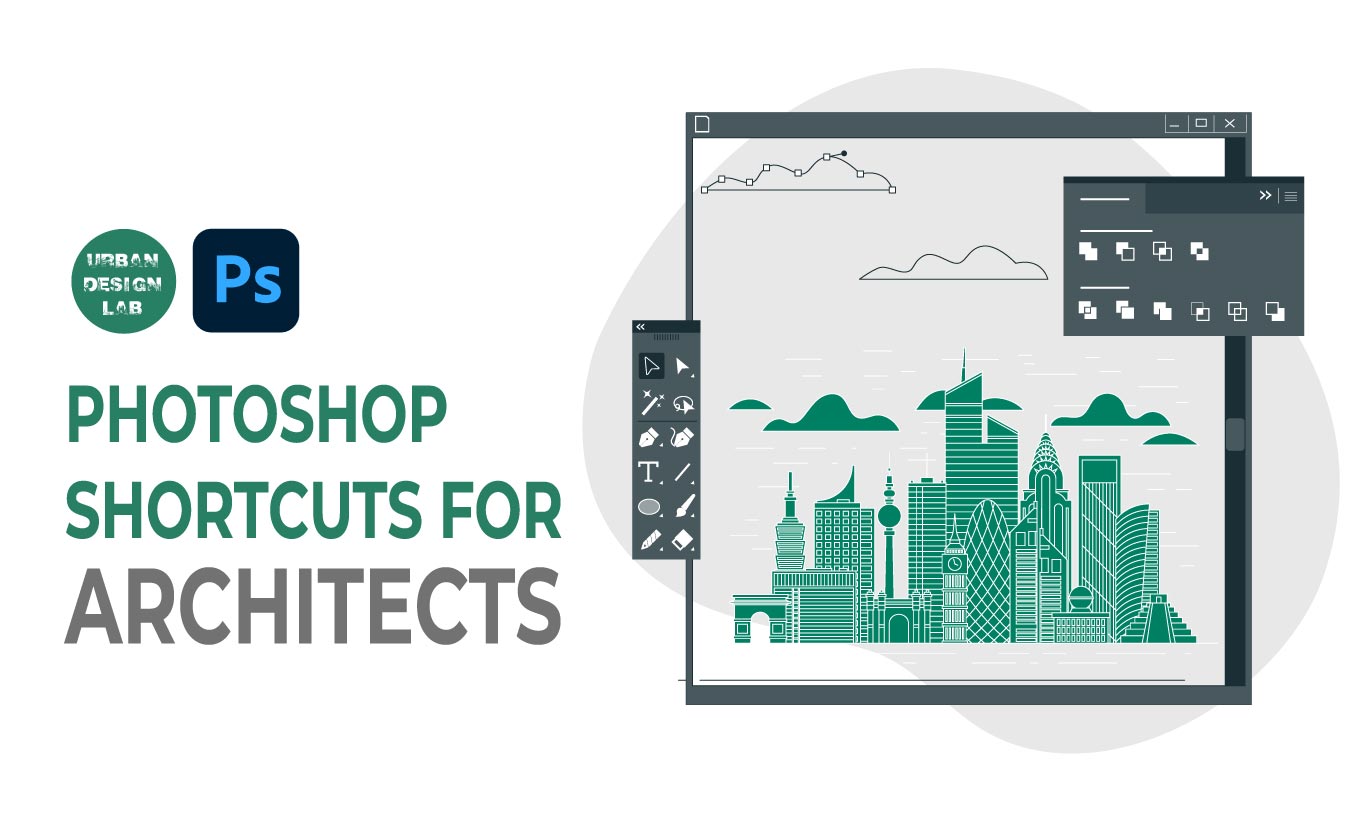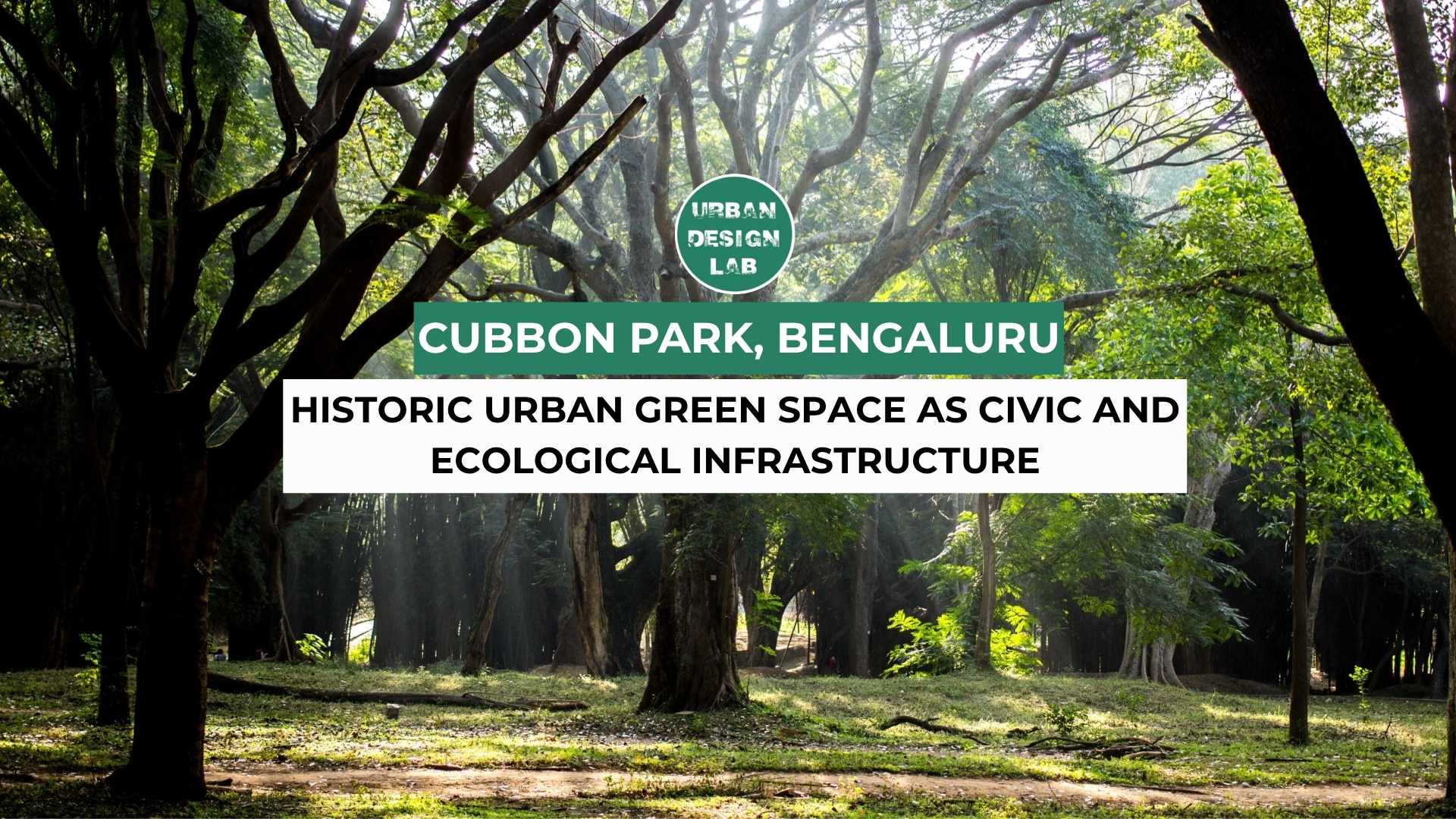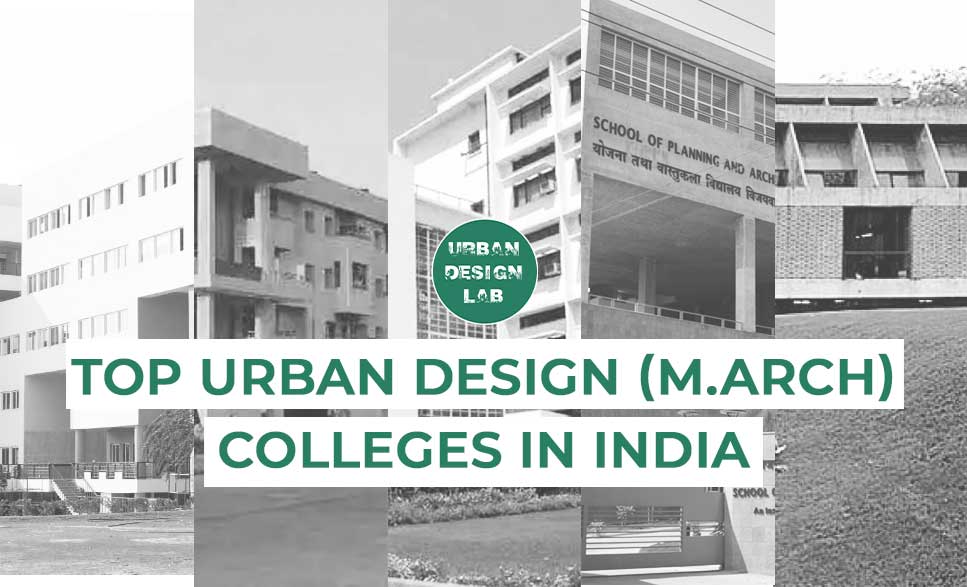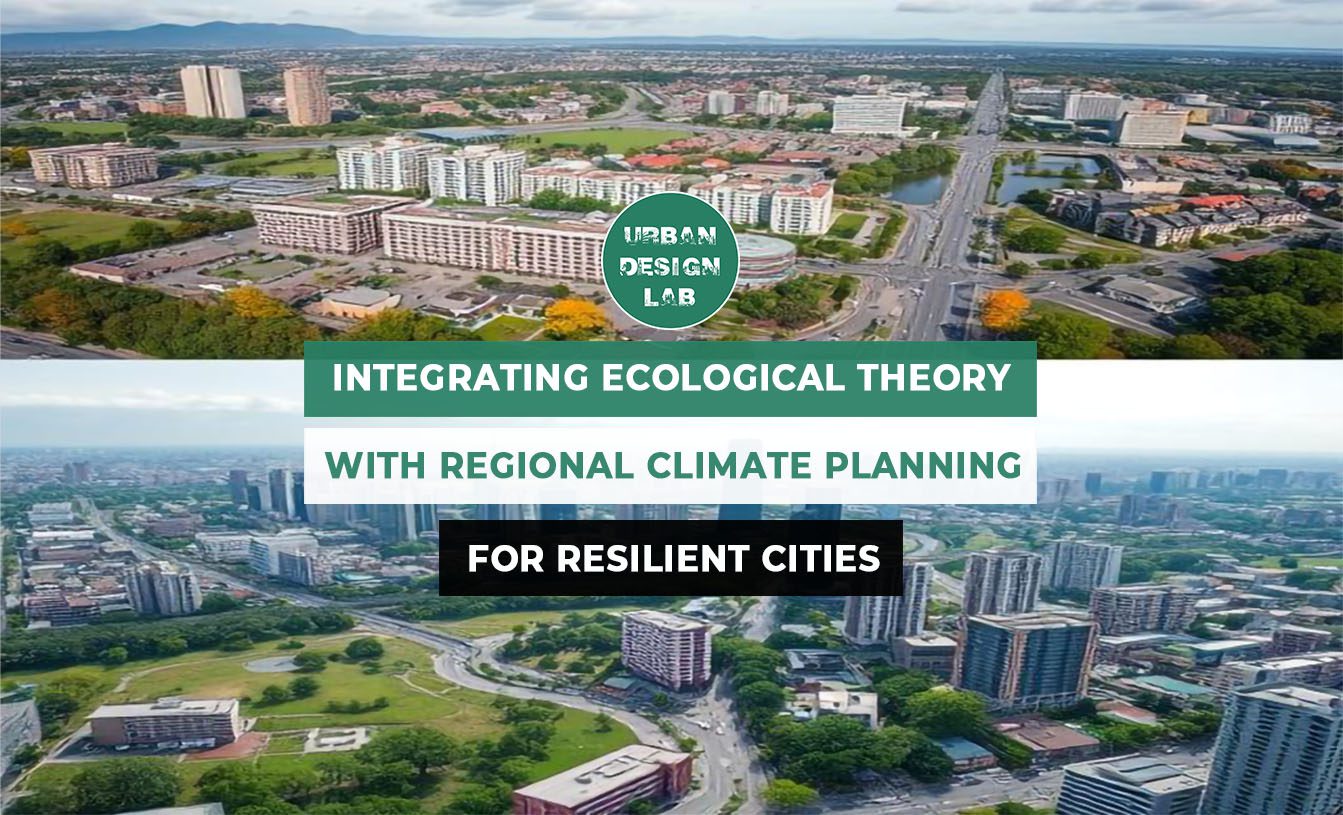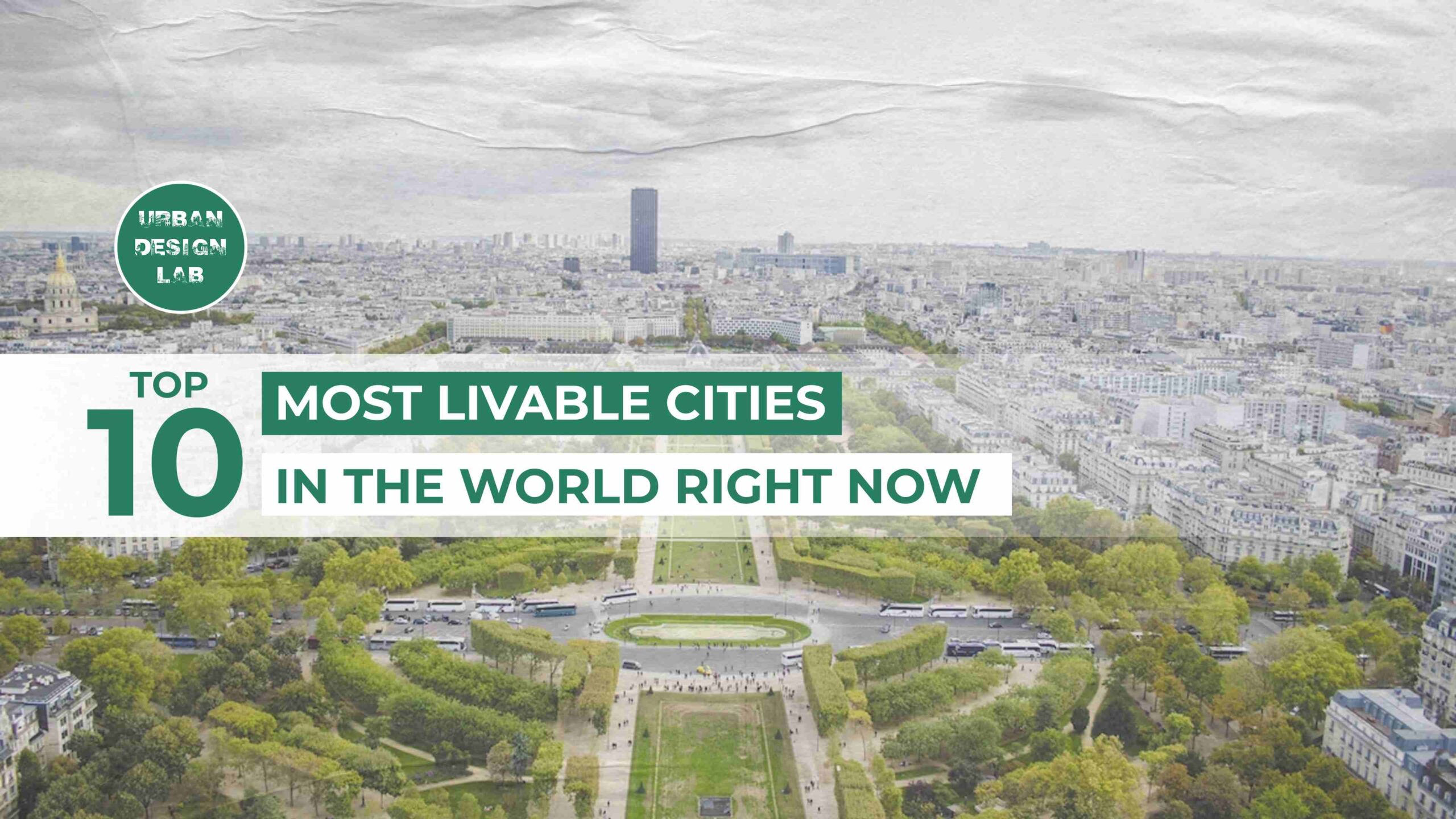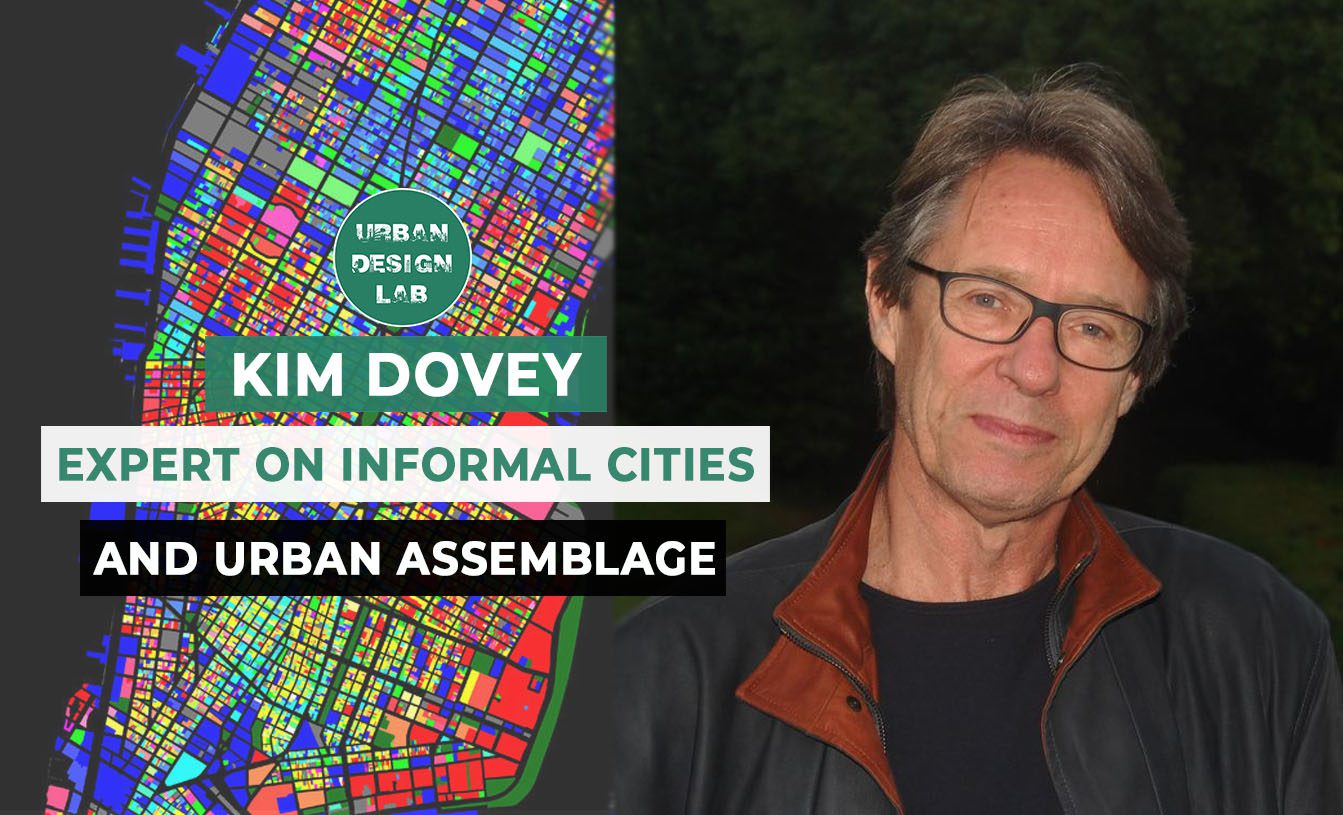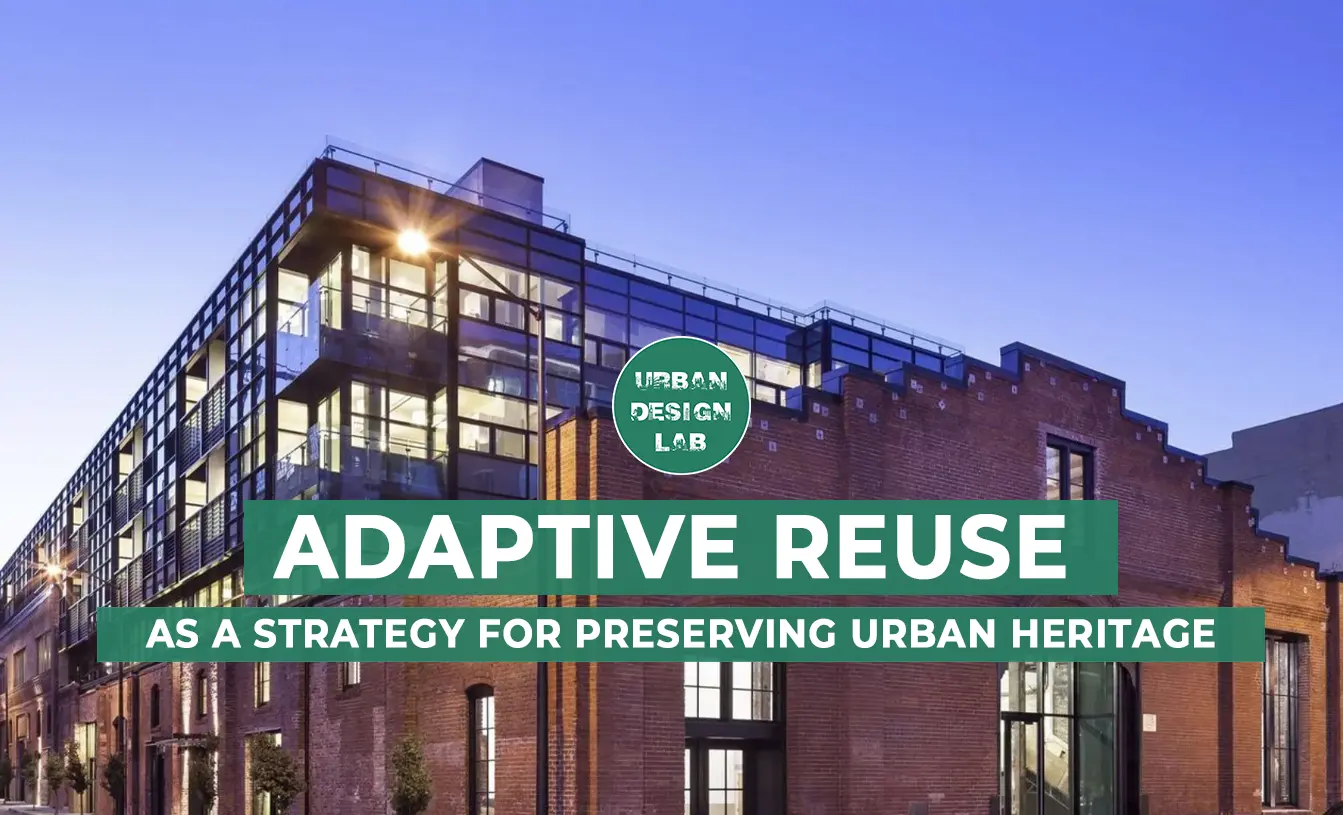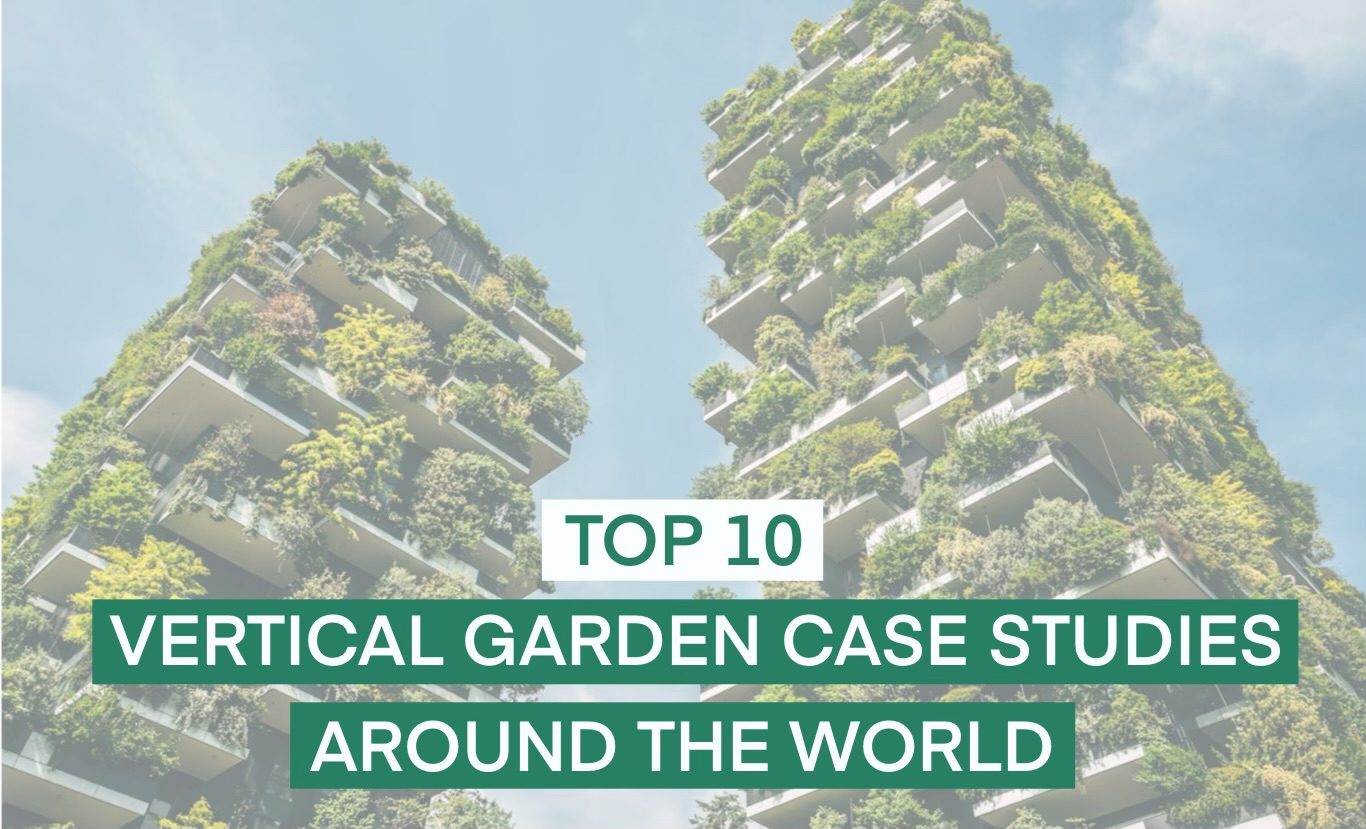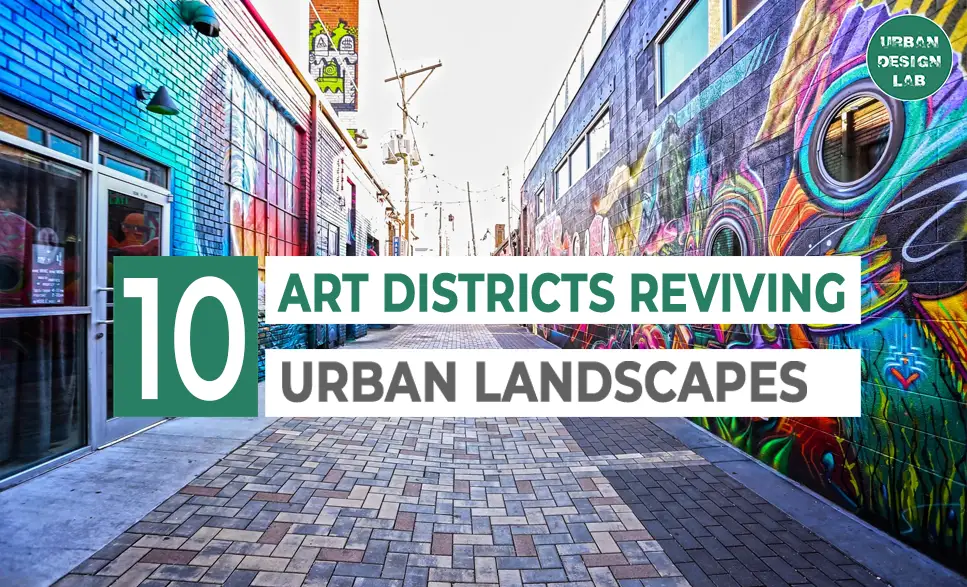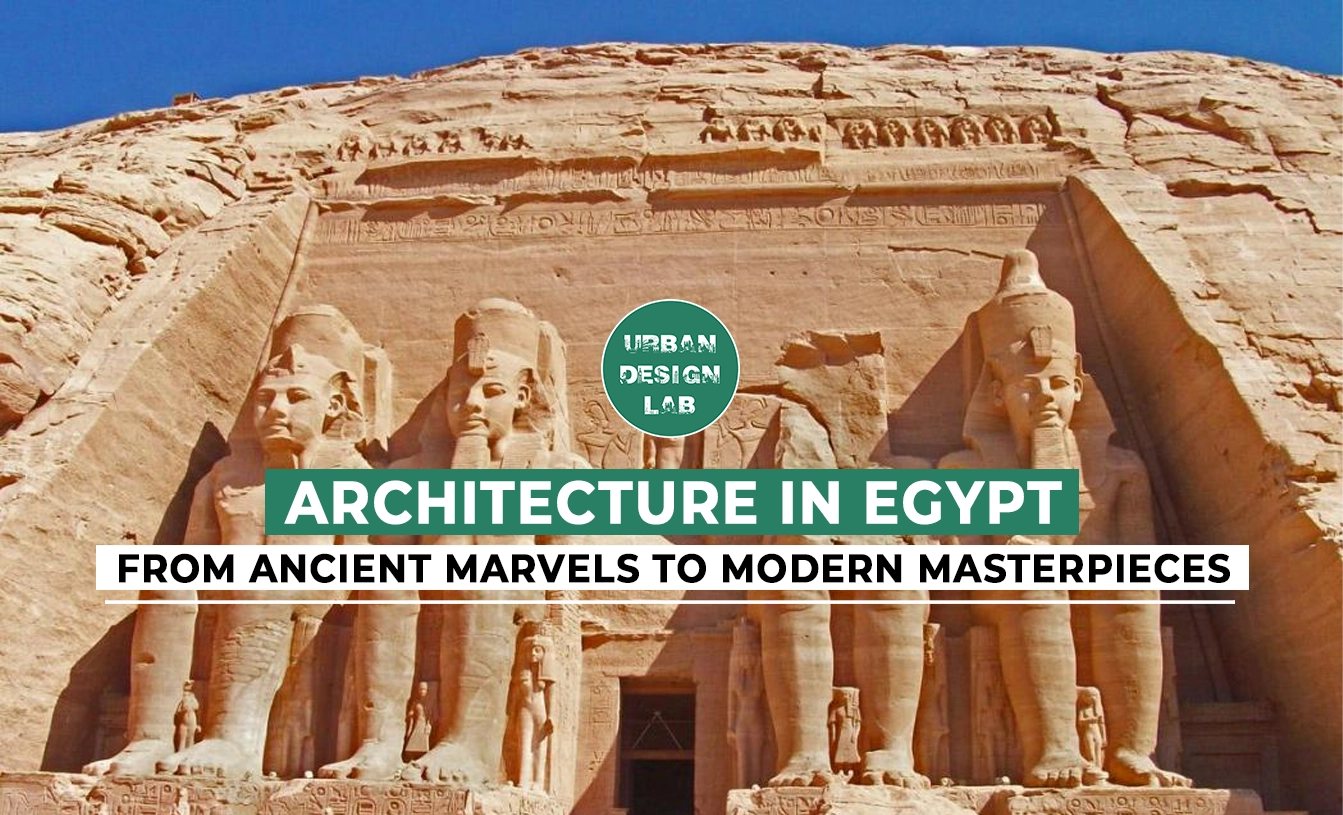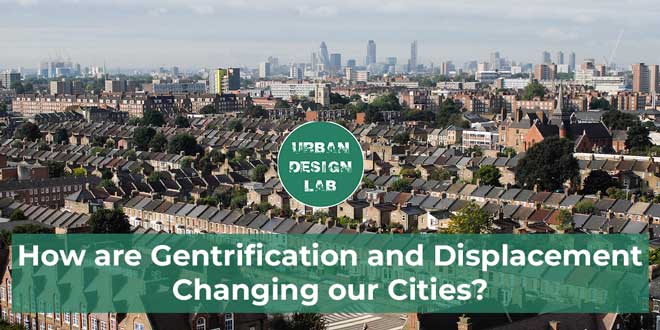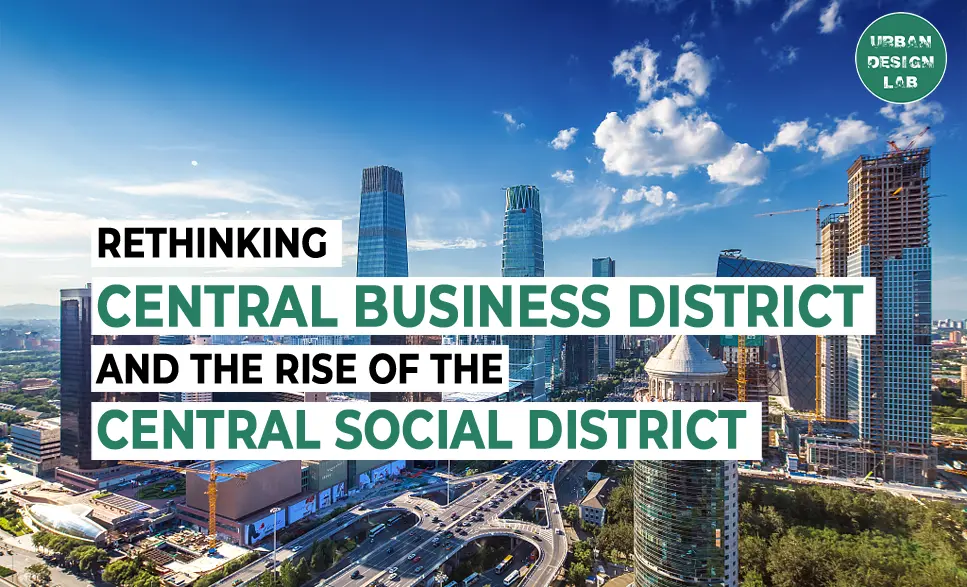
Central Vista Redevelopment Project
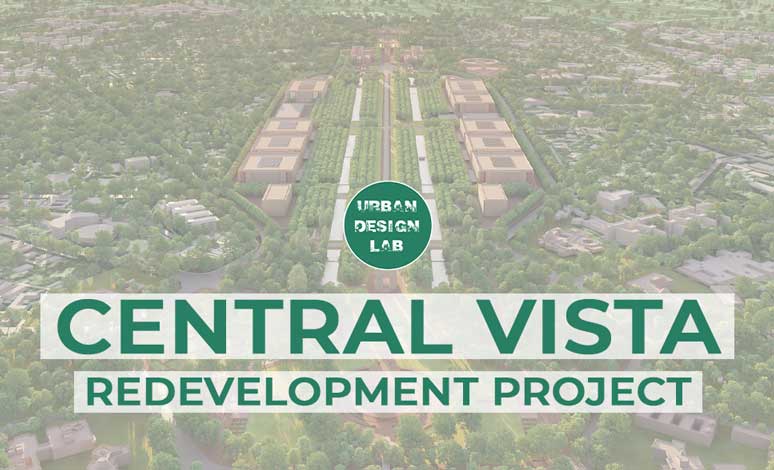
The Central Vista Development/Redevelopment Master Plan was first created with a solid geometric foundation, beautiful symmetry, and a well planned processional route (axis, focal, point, nodes and termination). The suggested Master Plan attempts to preserve the building’s heritage while restoring its original symmetry and order.
The Central Vista renovation project, which cost Rs. 477 crore, is part of an effort to completely renovate Delhi’s power corridor. The Avenue needed to be renovated because the old building had sustained significant damage over the years from heavy use.
Along with a 1.5 km granite pavement on both sides, 99 acres of open lawns, 16 food stands, an amphitheatre for outdoor concerts, low-level bridges over renovated waterways, and better public amenities, The Avenue will also contain these features.
How was the current Central Vista Avenue built?
The Central Vista Avenue, which extends from the Rashtrapati Bhawan to the India Gate, is one of the most visited tourist places in Delhi. It is used for Republic Day parade of our nation and various other ceremonial functions which showcase the nation’s Capital to the world.
The Avenue comprises of 3 km long tree-lined stretch from the Viceroy’s House to the All India War Memorial, flanked by green spaces and water channels. It was designed using exemplary urban planning instruments, including: a strong axis (from the ridge of Raisina Hill towards the Jamuna river), an emphasised focal point, formation of important nodes, and a definitive termination point. Post-Independence, the Central Vista Avenue streets were also renamed: King’s Way became Rajpath and Queen’s Way became Janpath. The Viceroy’s House became the Rashtrapati Bhavan and the All India War Memorial became the India Gate. These buildings in the Central Vista stand apart as iconic monuments of the Republic of India.
History of the Central Vista Avenue built?
The Central Vista Avenue was designed as a grand ceremonial approach to the Viceroy’s House and an iconic symbol of the British Raj. Inspired by Washington’s National Mall and Paris’s Avenue de Champs-Elysées, the Avenue comprised a 3 km long tree-lined stretch from the Viceroy’s House to the All-India War Memorial, flanked by lawns, formal gardens and water channels. It was designed using classic city planning instruments, with a strong axis (from the ridge of Raisina Hill towards the Jamuna river), an emphasised focal point, formation of important nodes, and a definitive termination point.
At Independence, along with the buildings, the avenue streets were also renamed: King’s Way became Rajpath and Queen’s Way became Janpath. The Viceroy’s House became Rashtrapati Bhavan and the All India War Memorial became India Gate, now magnificent icons of the Republic of India.
Several modifications were made to the Central Vista Avenue after independence. An additional cross street (Rafi Ahmed Kidwai Marg) and node was added, to cater to the increasing city traffic by improving north-south connectivity. The landscape also started getting altered, with a new row of trees added in the 1980’s. These changes also had an impact on the water channels and formal gardens of the original design.
Despite the changes, the Avenue continues to retain its basic character and serves many important functions even today. It is the setting for the annual Republic Day parade, a setting for national and public events, a precious civic garden for the city and an important tourist attraction.
The formal gardens and lawns were never planned for heavy public use and have now become increasingly stressed and uncomfortable to use. The Republic Day arrangements can be better planned and provided for, so as to cause less disruption to public movement and less damage to the landscape every year. The facilities for civic users, including pathways and street furniture, need refurbishment. The objective of the redevelopment of Central Vista Avenue is to make the Avenue an icon that truly befits India’s administrative capital. It intends to achieve this by refurbishing, strengthening and restoring the Avenue’s landscape and tree cover; providing amenities that make it comfortable for civic users and tourists to use; and making it more pedestrian-friendly and easier for traffic to negotiate. The design also provides space and facilities for vendors, ensures that arrangements for national events cause minimal disruption, and ensures integrity and continuity of the Vista’s original layout, its geometries and its architectural character. The refurbishment of Central Vista Avenue will increase usable public space to the Avenue and enhance the quality and experience for tourists and local residents.
Salient Features of The Central Vista Avenue
Legislative Enclave
The ensemble of Old and New Parliament Buildings, Annexe Buildings, Parliament Library and MPs’ Chambers will together form the Legislative Enclave.
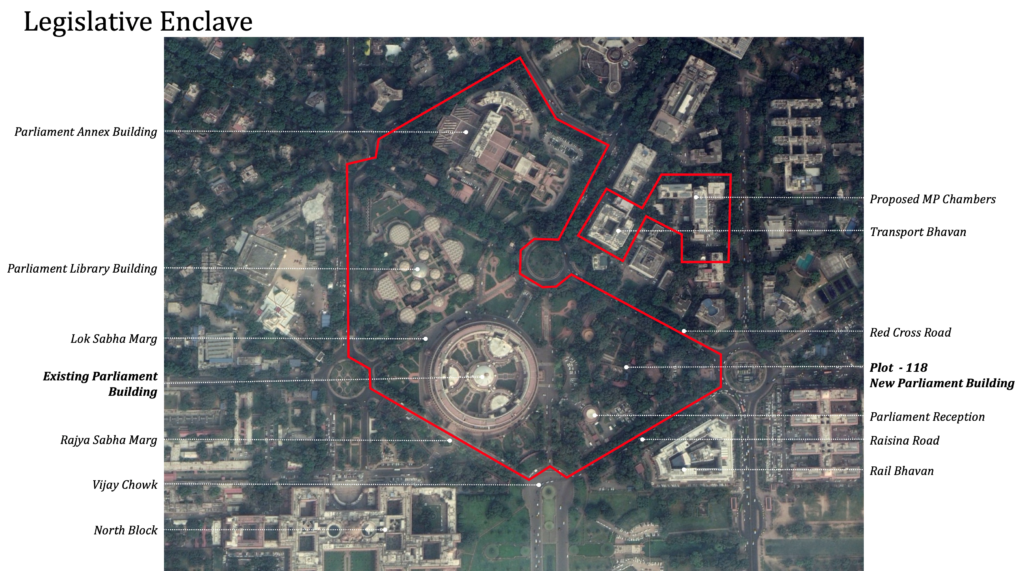
Retrofitting and Refurbishment of Existing Parliament Building
The present Parliament House, completed in 1927, is a colonial-era building that was designed as the ‘Council House’ for the British Raj. Post-independence, it was repurposed to serve as the Parliament House of Independent India. The chamber designed for the Council of State became the Rajya Sabha chamber, the Legislative Assembly became the Lok Sabha chamber and the Chamber of Princes became the Library Hall. The hall in the centre of the building (now known as the Central Hall) is used for Joint Sessions. The present building was never designed to accommodate a bicameral legislature for a full-fledged democracy, and is highly stressed today.

Redevelopment of Central Vista Avenue
The Central Vista Avenue was designed as a grand ceremonial approach to the Viceroy’s House and an iconic symbol of the British Raj. Inspired by Washington’s National Mall and Paris’s Avenue de Champs-Elysées, the Avenue comprised a 3 km long tree-lined stretch from the Viceroy’s House to the All-India War Memorial, flanked by lawns, formal gardens and water channels. It was designed using classic city planning instruments, with a strong axis (from the ridge of Raisina Hill towards the Jamuna river), an emphasised focal point, formation of important nodes, and a definitive termination point.

Common Central Secretariat
At present 39 Ministries are housed on the Central Vista whereas around 12 Ministries have offices outside the Vista. All the 51 Ministries are proposed to be located at one location to improve coordination, collaboration and synergy. The office spaces are proposed with modern technological features and adequate space with amenities. The present buildings of the Central Vista shall be replaced with modern office buildings with capacity to hold about 54,000 personnel, which will meet the present and future needs of the Ministries/Departments. All these offices are proposed to be connected through a loop of automated underground people mover, over ground shuttles and walkways. These buildings will come up through redevelopment of existing Central Secretariat Offices like Udyog Bhawan, Nirman Bhawan, Krishi Bhawan, Shastri Bhawan, IGNCA, National Museum, Vice President Residence, etc. located on either side of Rajpath. They will occupy the present plots of existing buildings, leaving around 2 hectares to be added to the green public spaces by taking out irregular protrusions.

CCS Buildings
CCS 6, 7, 8 will be dedicated as Defence Enclave which will accommodate the officials of Ministry of Defence, DRDO and all services – Air, Navy and Army presently located inside the Central Vista.

Executive Enclave
The PMO is to be relocated into a new office proposed on the plots 36 & 38 behind South Block, after shifting of Hutments. The security features shall be designed in consultation with the designated authority responsible for the security of the Hon’ble PM. The Cabinet Secretariat, National Security Council Secretariat (NSCS) and a Conferencing Facility like Hyderabad House of MEA shall also be located together with the PMO. Together, this ensemble will form the ‘Executive Enclave’.

Relocation of Hutments (Barracks)
The Hutments were built during the Second World War and were used by the Army as stables and barracks. Presently, there are Defence Hutments stationed in L & M blocks, A & B blocks, Plot Nos. 36, 38 and Jodhpur House and other Ministries’ hutments in Jamnagar House which have been identified for development of various offices in the Central Vista. These hutments occupy nearly 90 acres on the Central Vista. Offices in the hutments will be moved out to better and permanent buildings. For this purpose, two Defence Offices Complexes have been built at Kasturba Gandhi Marg and Africa Avenue as modern, secure, functional offices for officials presently working in Defence Hutments.

Development of Office Space at KG Marg
These new Buildings have been inaugurated on 16th September, 2021 and will help relocate around 3,373 officials into the new buildings. The project is environment-friendly as the steel structures are being manufactured in other locations and assembled at the sites.

Indira Gandhi National Centre for Arts (IGNCA)
The Indira Gandhi National Centre for the Arts (IGNCA) is a premier arts centre and an autonomous institute under the Ministry of Culture. In 1986, an international design competition was held where American architect Ralph Lerner’s design for the Building Complex was chosen out of 190 entries from 37 countries. The prize-winning design comprised of the following buildings: Kala Nidhi (Reference Library), Kala Kosha (Research Wing), Sutradhara (Administration), Janapada Sampada (Tribal and Folk Art Centre), Exhibition Galleries, Residential Block, Indian Theatre (seating capacity 400), National Theatre (seating capacity 1,200), and Concert Hall (seating capacity 2,000). Of these, only the Library building was built – the rest of the Master Plan was never realised.

National Museum
The National Museum will be relocated to the magnificent North and South Blocks, reconceptualized to present the rich heritage and achievements of the nation in a modern and engaging manner. This powerful gesture, of handing the Raisina hill back to the people, demonstrates our nation’s confidence in our vibrant democracy, and puts people at its heart.

National Archives
The National Archives of India (NAI) is the largest archival repository in South Asia, housing lakhs of documents of immense value to our national heritage. The archives were first housed in a building designed by Lutyens, which was completed in 1926. This historic building has subsequently been extended to add space and modified to add services. The present set of buildings do not have the facilities or infrastructure that are essential for an institute that is the custodian of our national heritage. To address this, and to support the goals of the institution, a new purpose-designed facility will be built alongside the present historic building. The heritage building will be appropriately retrofitted and refurbished, and will continue to serve the National Archives of India. This project will also be taken up in consultation and with participation of Ministry of Culture. These would be state-of-the-art in terms of display and facilities for public viewing.

Vice President's Residence
The Vice President’s Residence is currently located on Maulana Azad Road. A new Vice President’s Residence is proposed to be constructed after the shifting of Hutments at Block L&M behind North Block. The new residence will be larger in size and will provide for residence, office and other amenities, taking due care of privacy and security comprehensively.

Prime Minister's Residence
The Prime Minister’s Residence is currently located in Lok Kalyan Marg, outside Central Vista. A new Prime Minister’s Residence is proposed to be constructed after shifting of Hutments at Block A&B behind South Block. This new residential facility will be highly functional and equipped with all necessary amenities. An additional facility to house the Special Protection Group (SPG) is proposed in Plot no. 30. Locating offices and residences of all dignitaries in a single location will reduce redundancies of infrastructure and improve city traffic management.

New India Garden
The New India Garden is proposed near the River Yamuna. thereby extending the present Central Vista axis by 2.24 km to realise the vision of ‘Ridge to River’. The Garden will be linked to the Vista by a special pedestrian path that will go past the Purana Qila. The Garden will feature plantation of 2,022 number of trees across 75 varieties of species. Spread over 25 acres, the project will be open to the public and is being designed to have an Iconic Structure, Sphere of Unity, Milestones Walkway, Journey of India, Tech Dome and other infotainment facilities, designed to showcase India’s rich historical and cultural heritage, scientific achievements and symbolize Unity in Diversity and aspirations of rising New India. Futuristic features like Tech Dome (with 3D Screens and Interactive Panels) and History Corridor/Experience Zones are being planned to showcase the significant achievements in various fields through Artificial Intelligence (AI) and Virtual/Augmented Reality (VR/AR). This will enhance interest and educate the visitors, especially children and youth, by providing a unique experience of India’s journey starting from history to the present. A time bound iconic structure challenge was launched on 27 July, 2021 to crowdsource implementable ideas for the architectural and structural design of the iconic structure. The competition is open to Indian citizens/Overseas Citizen of India(OCI), including architecture firms, students, schools, colleges and other institutions across India. Kindly visit https://cpwd.gov.in/designcom/Home.aspx for further details on Iconic Structure Challenge.

National Biodiversity Arboretum
A publicly accessible National Biodiversity Arboretum is proposed in the President’s Estate. The National Biodiversity Arboretum will be India’s first biodiversity park, designed to protect and conserve around one thousand endangered plant species and microcosms of the country. It will be an important site for scientists, environmentalists, researchers, and students to document and study the nation’s myriad flora. It will also showcase the nation’s ecological diversity, and will be an important public space within the Central Vista.

Sources:
- https://centralvista.gov.in/know-central-vista-plan.php
- Quartz India
- The Wire
- Central Vista | Aatmanirbhar Bharat | Make In Indiahttps://centralvista.gov.in
- Ministry of Housing and Urban Affairs

Urban Design Lab
About the Author
This is the admin account of Urban Design Lab. This account publishes articles written by team members, contributions from guest writers, and other occasional submissions. Please feel free to contact us if you have any questions or comments.
Conclusion
References
About the author
Related articles


Architecture Professional Degree Delisting: Explained

Periodic Table for Urban Design and Planning Elements


History of Urban Planning in India
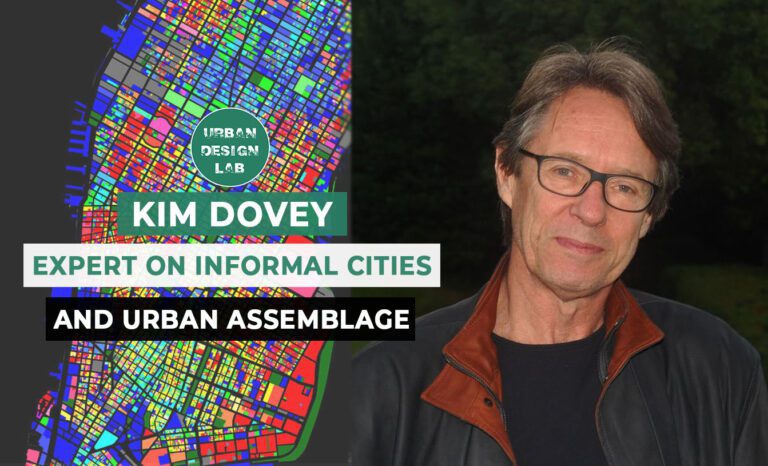
Kim Dovey: Leading Theories on Informal Cities and Urban Assemblage
UDL GIS
Masterclass
Gis Made Easy- Learn to Map, Analyse and Transform Urban Futures
Session Dates
15th-19th December 2025

Urban Design Lab
Be the part of our Network
Stay updated on workshops, design tools, and calls for collaboration
Curating the best graduate thesis project globally!

Free E-Book
From thesis to Portfolio
A Guide to Convert Academic Work into a Professional Portfolio”
Recent Posts
- Article Posted:
- Article Posted:
- Article Posted:
- Article Posted:
- Article Posted:
- Article Posted:
- Article Posted:
- Article Posted:
- Article Posted:
Sign up for our Newsletter
“Let’s explore the new avenues of Urban environment together “


